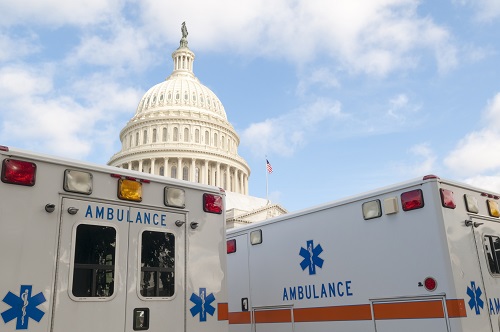How many people reading this take a prescription drug? As we get older, it’s inevitable that we will take some prescription on a regular basis. However, more and more Americans who have chronic conditions who take prescription drugs are facing a situation of affordability – can they pay for their medication? The answer is not good as more people are finding it difficult to pay for their medication on a regular basis.
A study by Health System Change titled An Update on American’s Access to Prescription Drugs highlights the problem.
“Among all adults, prescription drug access problems rose markedly for adults with chronic conditions, increasing from 16.5 percent in 2001 to 18.3 percent in 2003. Partly because of higher prescription drug needs, adults living with chronic conditions in 2003 were twice as likely as those without chronic conditions to be unable to afford all of their prescription drugs”
So, supposed we have Joe who has a chronic heart problem. According to these statistics, there is a 20% chance that Joe won’t get his medication and part of the reason is cost. If Joe is a rich Republican, he’s fine. He and Paris Hilton got a tax break. But if Joe’s a regular person, he might be facing problems.
But Joe actually has insurance! Doesn’t that help? Nope.
“Between 2001 and 2003, the proportion of privately insured working-age adults (aged 18-64) with chronic health conditions who didn’t purchase all of their prescriptions because of cost concerns increased from 12.7 percent to 15.2 percent. In the past decade, prescription drug utilization and spending in the United States increased dramatically. In an effort to control rising prescription drug spending, health plans started using formularies more aggressively and increasing patients’ out-of pocket payment requirements. These policies likely are a key reason for the increase in prescription drug access problems for privately insured working-age Americans with chronic conditions.
Joe faces another double whammy. According to the Bureau of Labor Statistics, his real wages (ages after inflation adjustments) have growth at a compound annual rate of .2% since 2000. According to Tracking Health Care Costs: Declining Growth Trend Pauses In 2004 by Health Affairs, prescription drug prices have increased an average of 4.7% over the same time while spending on prescription drugs has increased on average 11.44%. So, Joe is making about what he made in 2000 in terms of real wages, but he is probably spending more on prescription drugs whose prices are increasing faster than his income.
So let’s sum up. If you have a regular need for medication,
1.) You are twice as likely not to use medication to help with the condition.
2.) Having insurance is no answer.
3.) In addition, you are now making a little more money than you were 5 years ago, but we’re spending a lot more of prescription drugs whose prices are increasing faster than our wage growth.
Bush’s America
http://www.hschange.org/CONTENT/738/
http://content.healthaffairs.org/cgi/content/abstract/hlthaff.w5.286




